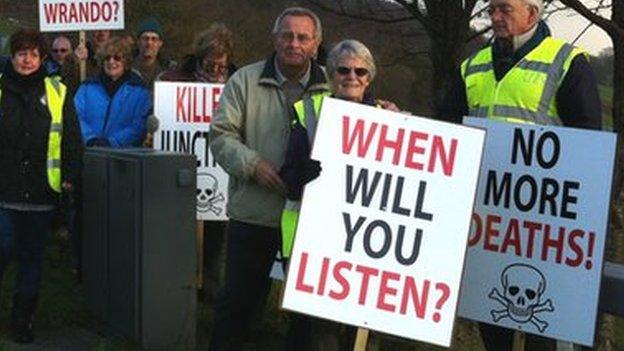Wales' accident blackspots: Frustration and grief
- Published

There are more than 40 "accident clusters" where people were hurt or killed on Wales' roads between 2012-14. But what is it like to live near an accident blackspot?
Welsh Government figures, external show more than 100 people were killed and about 7,600 injured in 5,543 road accidents in 2015.
Road safety partnership, GoSafe, said tackling Wales' 42 accident clusters, external is its "primary focus", while the government is working towards reducing casualties across the network, external.
But for those living in close proximity, these dangerous sections of road cause annoyance, irritation and, sometimes, even heartbreak.
"There is frustration," Emlyn Dole, leader of Carmarthenshire council, said about the Pont Abraham roundabout, where the M4, the A48 and A483 intersect, near Llanedi.
"When any accident happens it just jams it all up," he said. "It happens fairly regularly, unfortunately."
The roundabout saw 19 personal-injury collisions between 2012 and 2014.
Work has been done by the Welsh Government to improve safety at the roundabout, often cited as one of Wales' most treacherous.

The Pont Abraham roundabout was the scene of 19 crashes which caused injuries between 2012-2014
But Mr Dole, in whose Llannon ward the roundabout is located, said its historical design makes it "nigh on impossible" to fix.
While traffic lights installed at the site have helped with traffic flow, the risk from cars slowing down on the M4 remains, he added.
"People get through in a more timely fashion than they used to, even if they have to queue a bit more, and it does make it safer like that," Mr Dole said.

Councillor Emlyn Dole says the Pont Abraham roundabout in Carmarthenshire remains dangerous despite remedial work
"But is does not really change the fact that they have plonked a roundabout, somewhere in the distant past, at the end of a four-lane motorway."
Despite improvements, the junction still causes irritation for locals, commuters and the thousands of tourists accessing south west Wales.
"The further west you come, the harder it is to get money for infrastructure," Mr Dole added. "But it's just as important - the M4 needs to be safe."
Indeed, the majority of the most dangerous sections of Welsh roads identified by the figures - perhaps unsurprisingly - lie on the M4.
'Re-engineered'
However, Michelle Harrington, of the Royal Society for the Prevention of Accidents in Wales, said there are fewer concentrated spots or hazardous junctions on Welsh roads than in the past.
"A lot of money has gone toward road-safety engineering," she said.
"Lots of places that would have been blackspots historically have now been re-engineered."
She added: "With government funding, local authorities have been able to address what were historically their blackspots."
The Welsh Government is working towards a 40% reduction, external in the number of people killed or seriously injured by 2020, as compared with the 2004 to 2008 average.

This graphic shows the 42 spots where there were more than four accidents between 2012-2014 within 100 sqm
The latest government figurers indentify accident clusters at Junction 33 of the M4, to the west of Cardiff, which saw 13 personal-injury collisions over the two-year period, with one causing a death or serious injury.
There are further accident hotspots near junctions 34, for Miskin, 35, for Pencoed, and near 37, with all having work or studies being undertaken to tackle the problem.
But beneath the statistics, areas with high volumes of dangerous crashes inevitably provide the stage for grief and anguish.
Rhys Rubery, of Pencoed, died after being hit by a motorbike on the A48, near Merthyr Mawr Road, in Bridgend, in July.
A South Wales Police investigation into his death is ongoing.
Ian Spiller, of Laleston Community Council, launched a campaign to tackle the stretch of road where the teenager was struck, saying there have been two fatal accidents there in 10 years.
He said the danger spot "certainly" plays on the minds of people in the adjacent Broadlands estate, where he lives with his family.
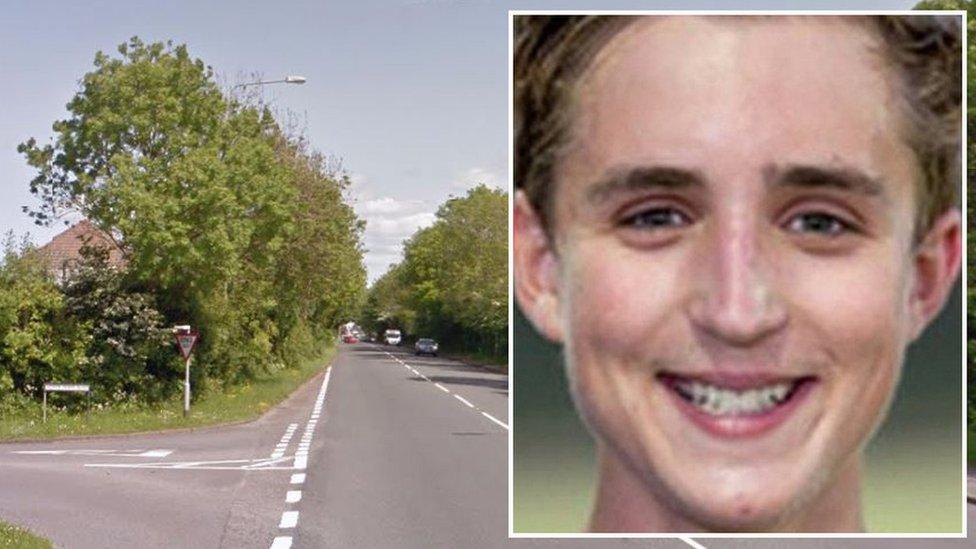
Rhys Rubery, 16, died after at crash on the A48 near Merthyr Mawr Road, Bridgend
"You have got a situation where parents don't want their children to walk to [the nearby] Brynteg School because it's not safe," he said.
His A48 Make It Safe campaign is pushing for the Welsh Government and Bridgend council to take steps to make that part of the A48 safer, with the latter launching an investigation.
But the danger zones are not limited to the busy roads of south Wales.
There are accident clusters on the A55 around junction 16, for Penmaenmawr, and junction 19, for Llandudno junction, Conwy county.
A high-profile campaign led to protests over the layout on the A470 near Dolgellau, Gwynedd, with a petition attracting 2,500 signatures, after two fatal crashes in six weeks in 2014.
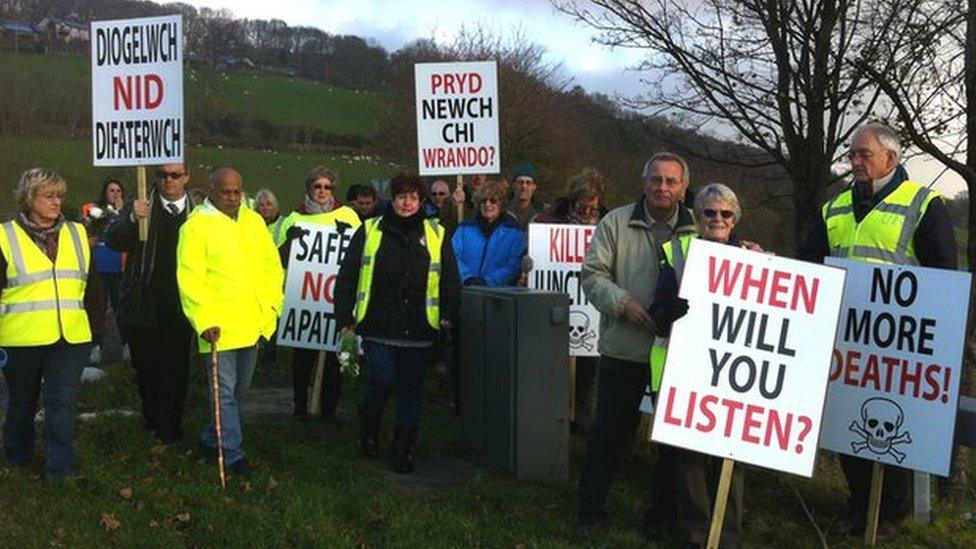
Campaigners took the streets to protest over a junction on the A470 at Dolgellau
John Roach, 83, of Irlam, near Manchester, died after his car collided with a refuse truck there in May of that year.
Motorcyclist Kevin Haddock, 56, from Birmingham, then died in a collision in July 2014.
Coroner Dewi Pritchard Jones later expressed concerns before work to make the junction simpler and safer was completed earlier this year.
The Welsh Government is responsible for motorways and trunk roads, while local authorities look after smaller roads.
'Influence behaviour'
GoSafe, the road safety partnership between the Welsh Government and the nation's 22 councils and four police forces, is responsible for speed camera enforcement and bringing down road casualties.
Chris Hume, partnership manager at GoSafe, said tackling accident blackspots was its "primary focus".
"It means we look at collision clusters on the road network, and where appropriate - where excess speed is a known factor - we will designate the location as one of our 'core sites'.
"Core sites receive the majority of our enforcement time, and it is through that presence on the road and associated enforcement that we try to influence driver behaviour."

Cluster identification is ongoing, with new locations frequently added, Mr Hume said.
GoSafe is currently working with Swansea council to bring online new average-speed camera sites on the B4295 in the Gower.
It is also in talks with Flintshire and Denbighshire about potential new sites in their areas.
"Our road engineering partners within the highway authorities will similarly use cluster analysis to identify common themes and potential areas of the road network where sometimes even slight changes locally can make a significant difference to how drivers treat the location," Mr Hume said.
But he said it was also the responsibility of motorists to reduce accidents and bring down the number of casualties.
"It really is the minority that we need to reach and deal with firmly," Mr Hume added.
- Published28 October 2015
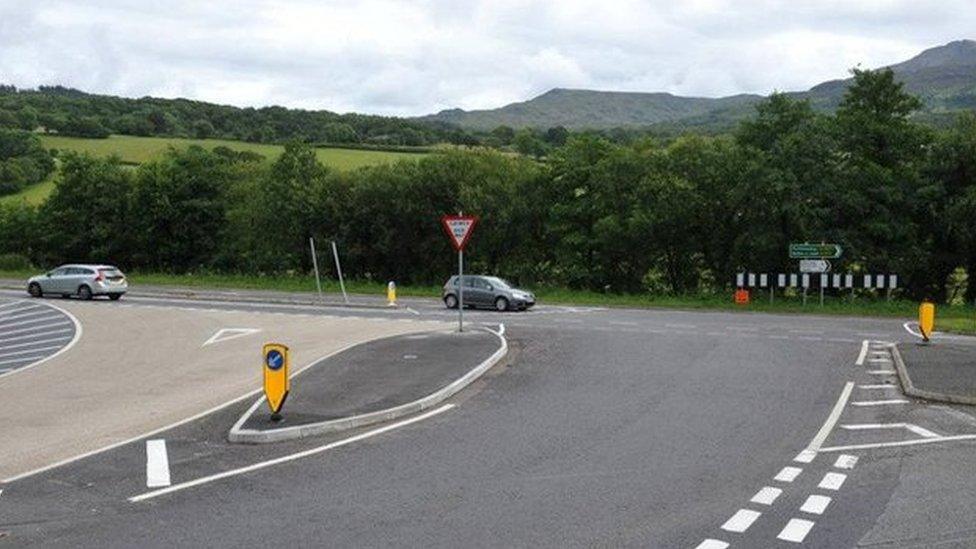
- Published28 May 2015
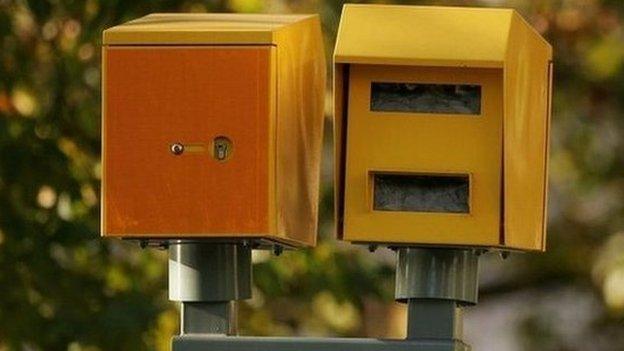
- Published29 November 2014
